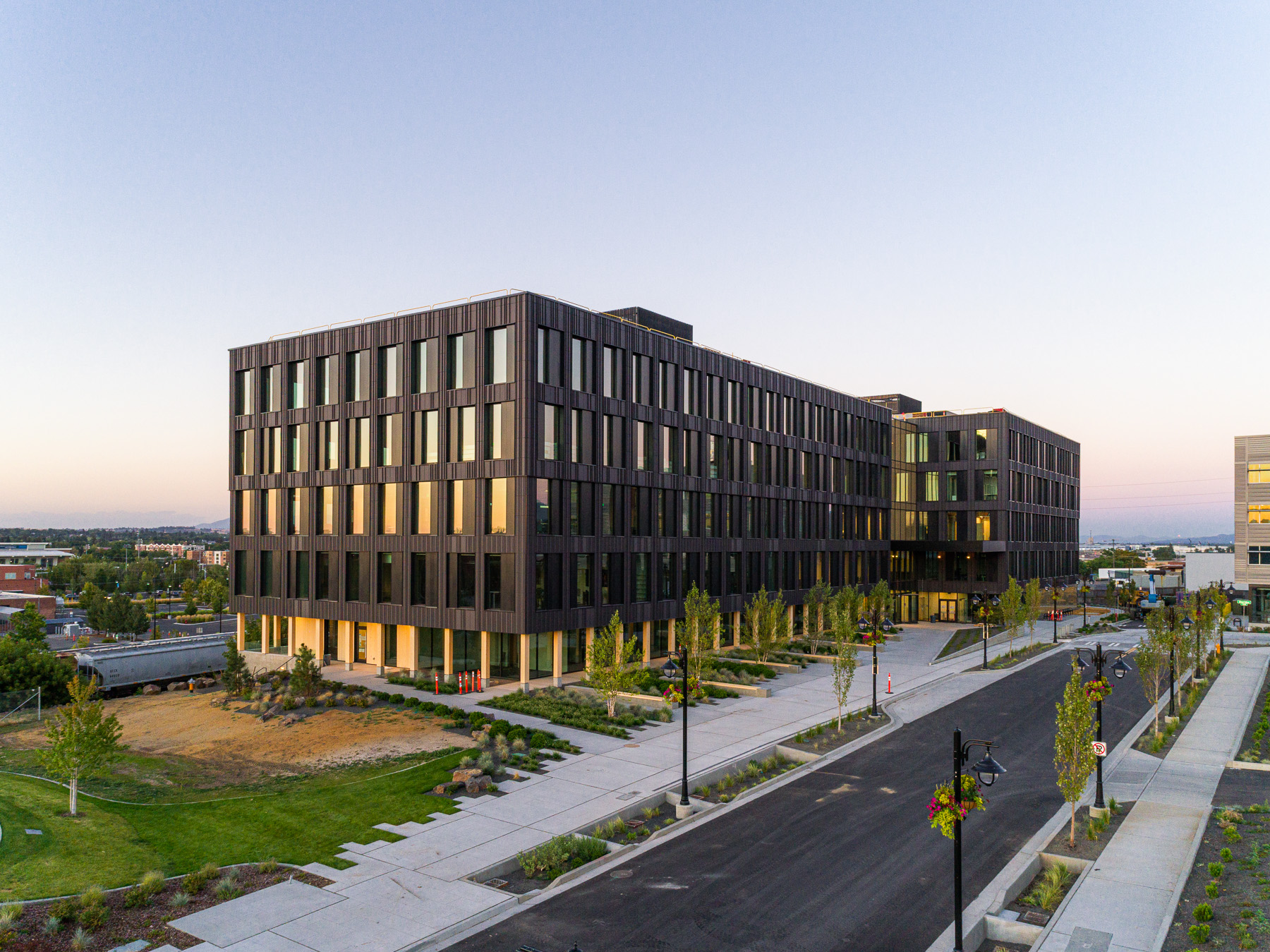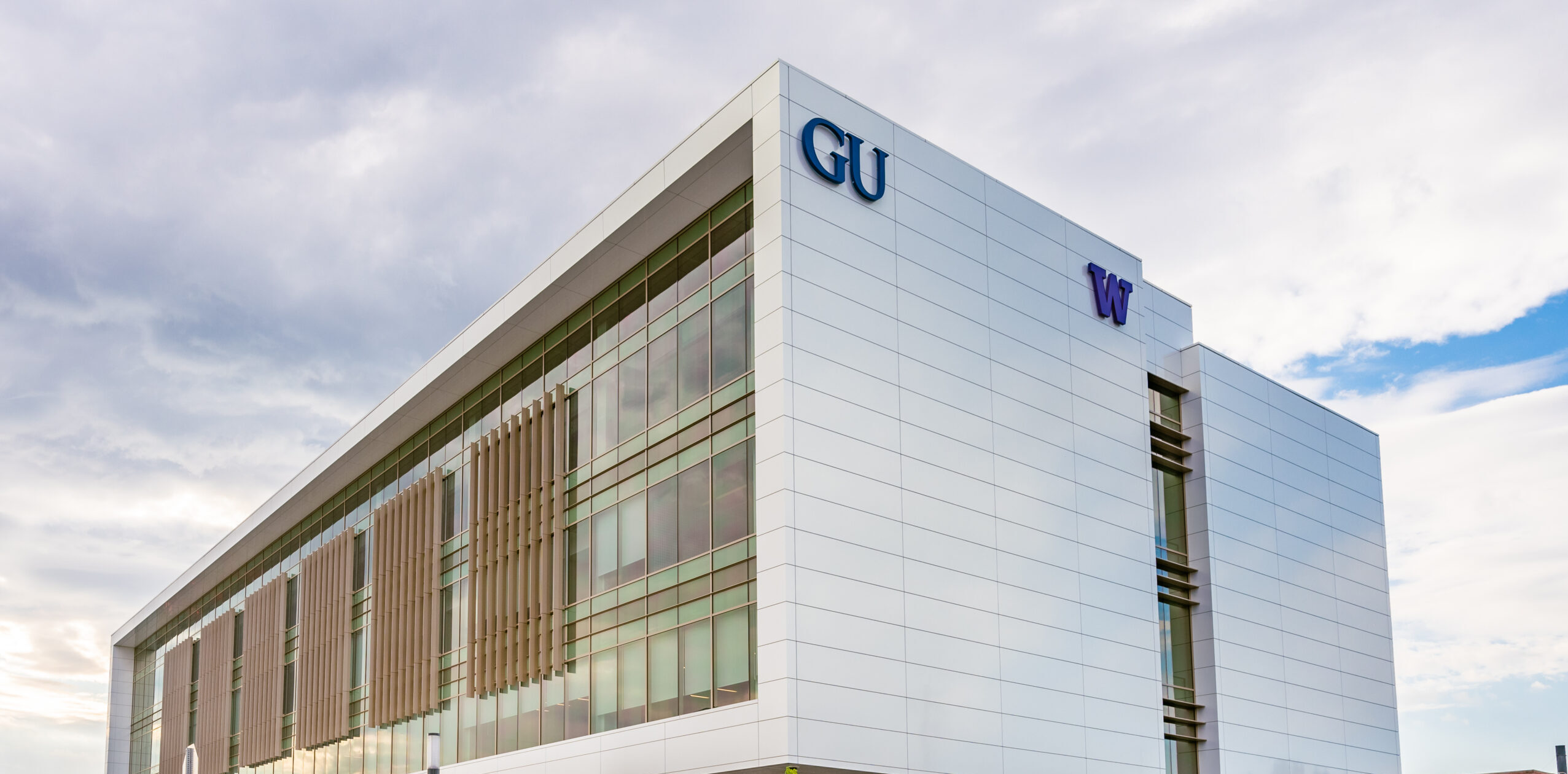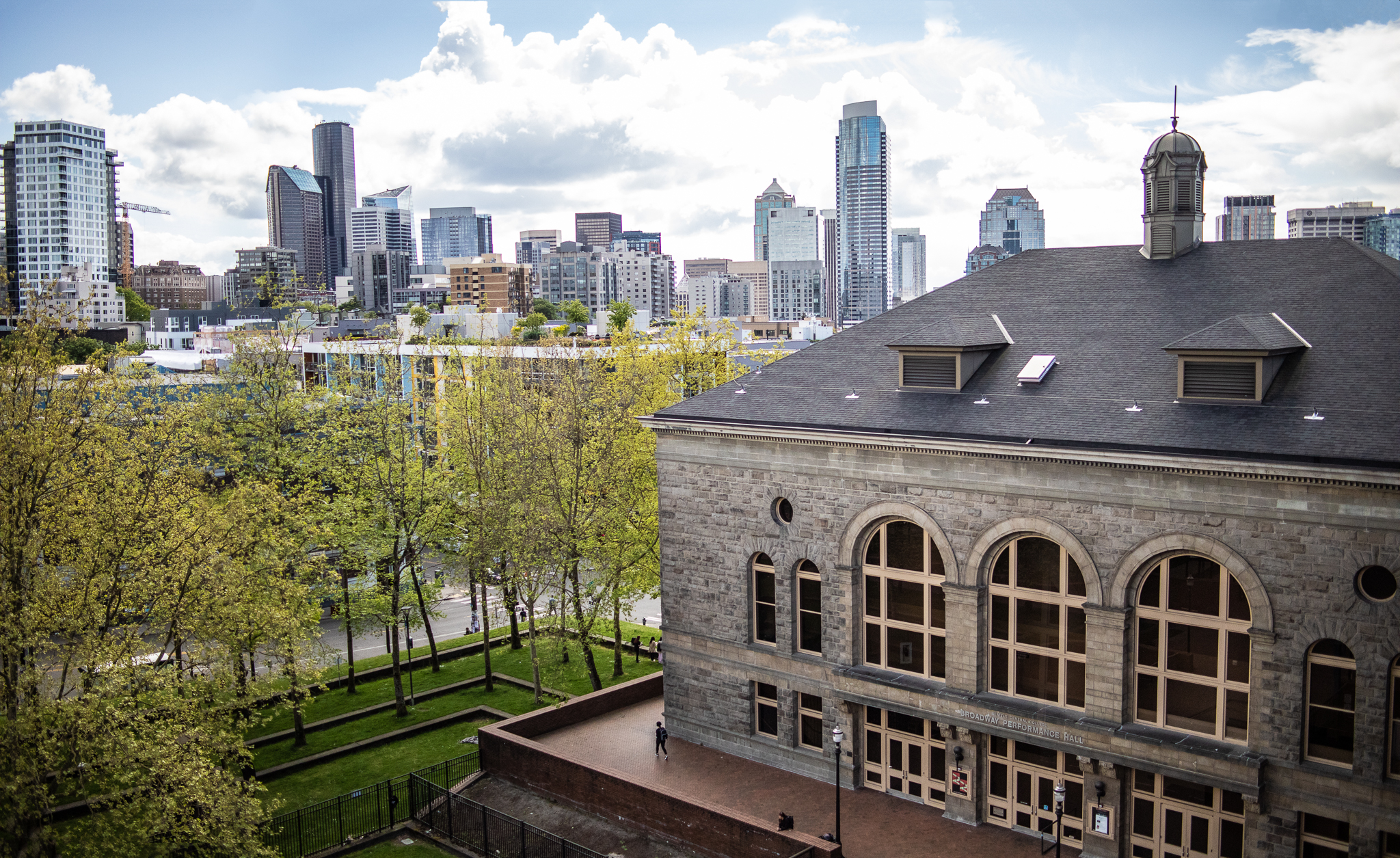EcoDistricts: Building Resiliency with Shared Energy
Make a Bigger Impact with Connected, Smart Buildings
Decarbonizing the built environment is more than a one-building-at-a-time job. To have the biggest impact, we must focus on how we use energy, how it is supplied, how it can be shared and the mechanical components that create and store energy as a whole system – what takes place both inside and outside of buildings.
EcoDistricts offer a shared-energy system that eliminates waste, accelerates decarbonization opportunities and changes how occupants interact with the built environment. Through a shared energy approach, we will have a bigger impact with more systemic change and redefine how our built environment creates, distributes and consumes energy, as buildings become active participants in the system.
Shared energy infrastructure means lower costs and higher emissions reduction for more stakeholders. By partnering with the utility grid, building owners and communities will realize more balance and efficiency and achieve more equitable energy resources. With a shared energy system, there is an opportunity for an even bigger impact with energy recycling: one building’s waste is a service for another.
Through tailored design of distributed energy resource solutions, building owners will find actionable pathways and long-term planning that will ensure they implement and achieve all their desired decarbonization, efficiency and resiliency goals.
What Might Be Part of My EcoDistrict?
- Microgrids with centralized heating and cooling, thermal energy storage and waste heat usage to create resources shared between buildings
- Sensors, meters and data platforms that allow buildings to be more efficient and participate in demand-response auctions
- Partnerships with utility providers that ensure seamless communication between the building and the grid
- Occupants who are educated on and encouraged to engage in behaviors that make the shared energy system as efficient and clean as possible
Through collaborative partnerships with clients, industry, utility providers and communities we are transforming buildings into active participants in the energy system that adapt autonomously, share and balance better with the community and system they are part of. Decarbonizing the built environment is more than a one-building-at-a-time job. Through a holistic, shared approach, we are reimagining what’s possible.
Project Experience


The Catalyst Building
Catalyst is served by an all-electric heating and cooling plant housed within the neighboring Morris Center. This groundbreaking system combines eight different mechanical devices to provide heating and cooling to all buildings, including Catalyst, within the larger Spokane EcoDistrict.
Learn More: Catalyst Building


Health Partnership
McKinstry performed the integrated mechanical, electrical, fire protection and technology design-build delivery on the 90,000 square foot Regional Health Peninsula campus made up of modern classrooms, laboratories and office spaces.
Learn More: Health Partnership Building


Seattle Colleges
Seattle Central College furthered its position as a leader in committing to sustainability, tackling climate change and reducing carbon emissions with the celebration of a successful collaborative effort with McKinstry to secure a $755,000 Clean Energy Fund grant from the Washington State Department of Commerce to establish an EcoDistrict on its campus.
Learn More: Seattle Central College
Explore Other Insights

McKinstry’s Pride Alliance
McKinstry Alliances are our version of employee resource groups or affinity groups. Alliances are voluntary, employee…

McKinstry Alliance Leader Reflects on Juneteenth Legacy
On June 19, 1865, months after the Civil War ended and more than two years after President Lincoln signed the Emancip…

Celebrating Father’s Day
Father’s Day serves as an opportunity to recognize and celebrate those shaping lives and communities through fatherho…